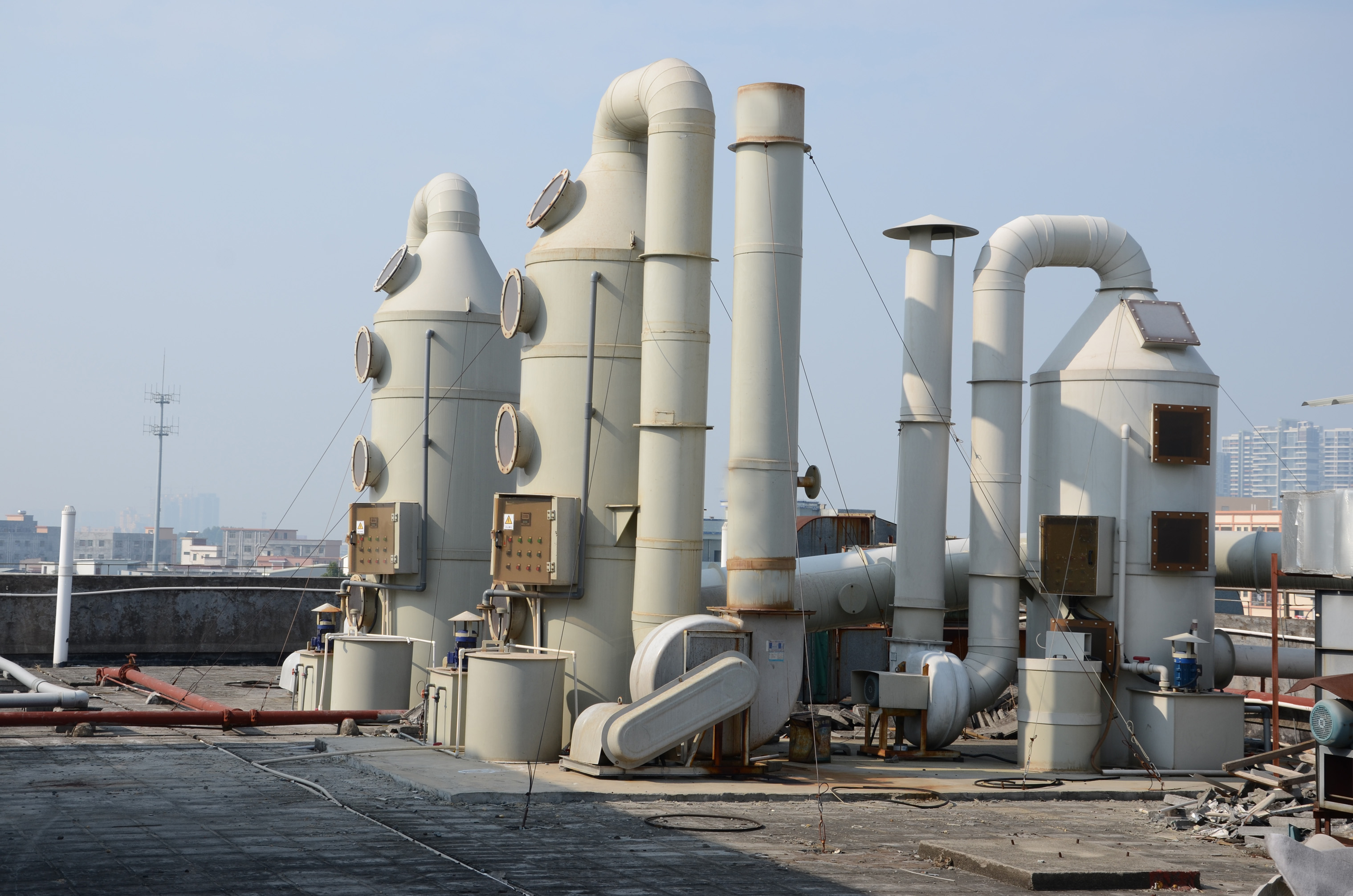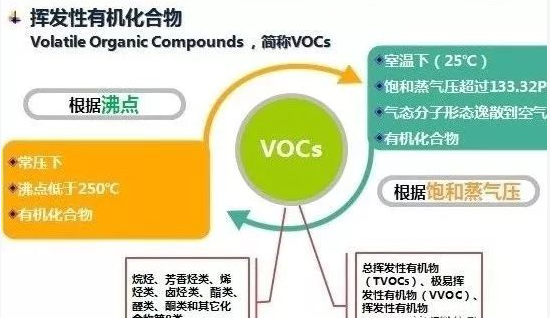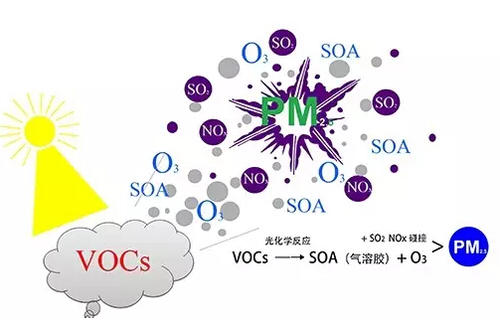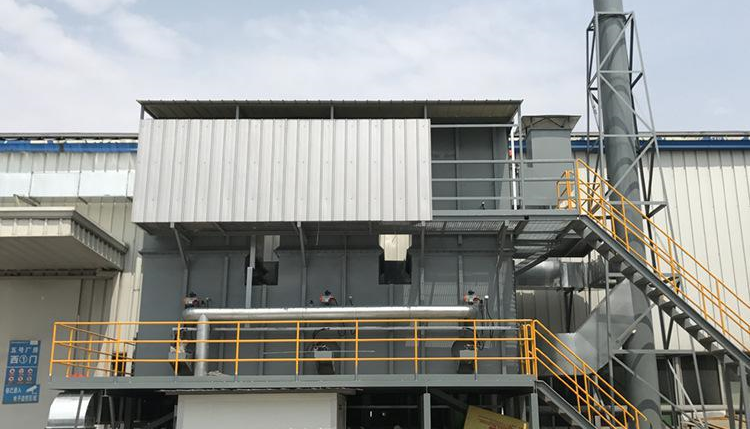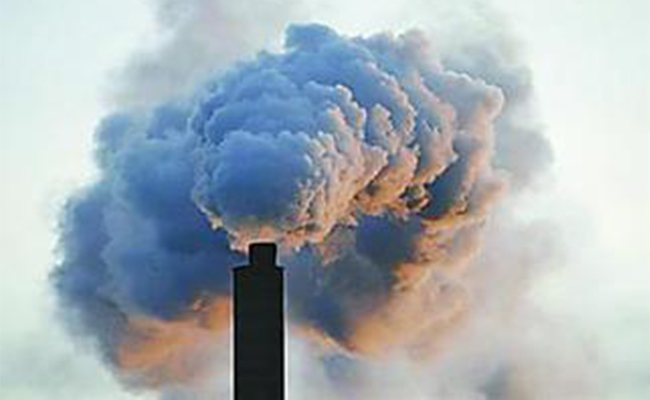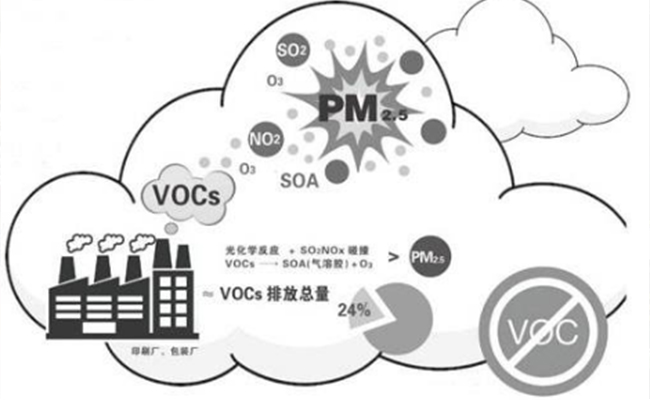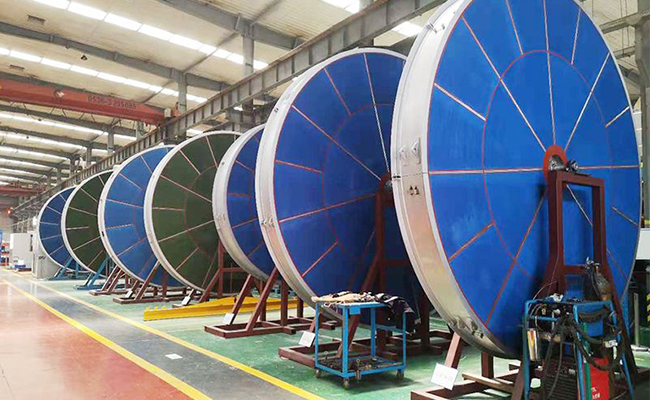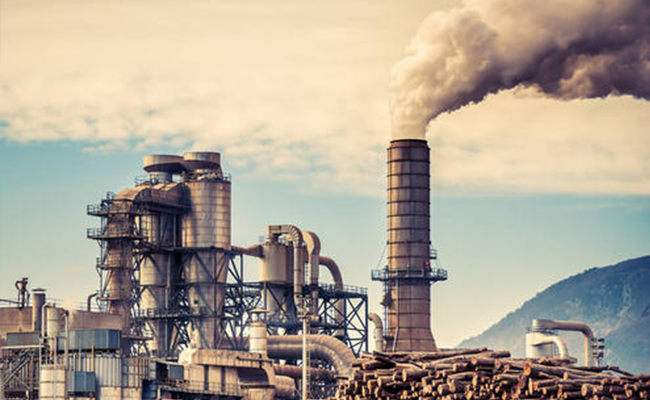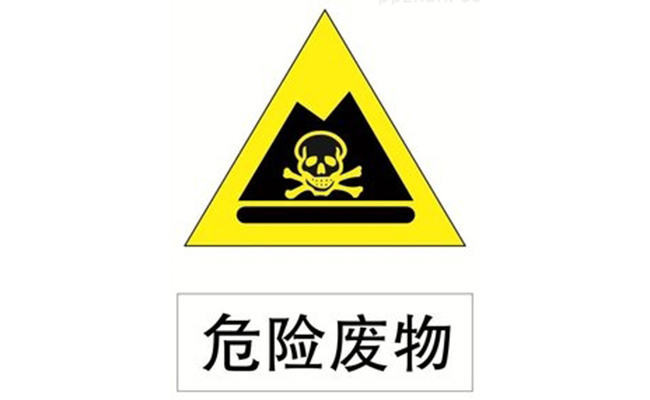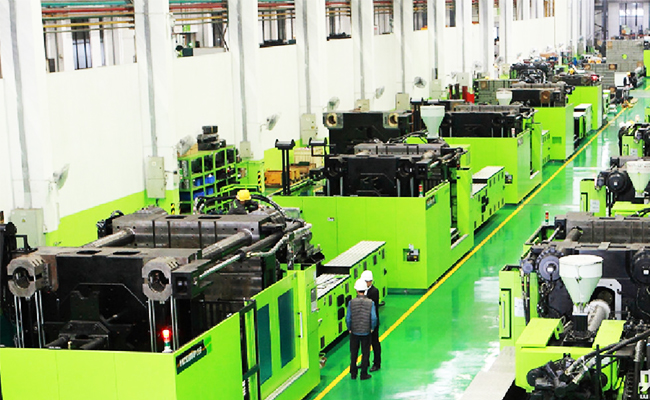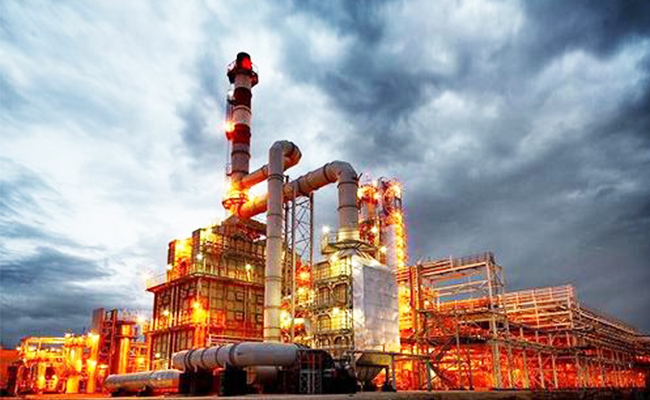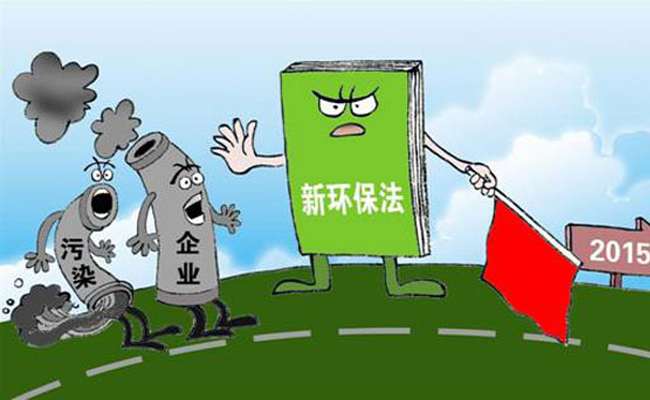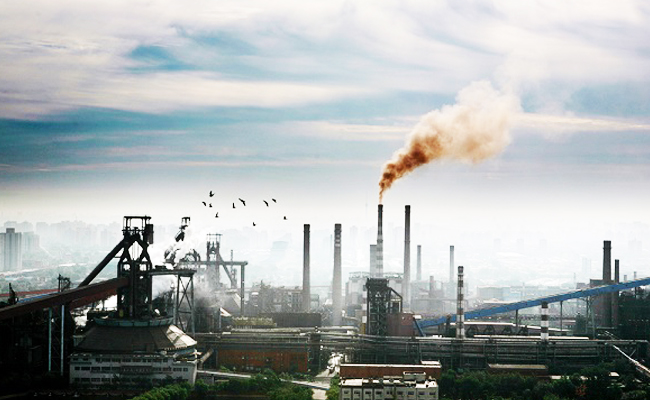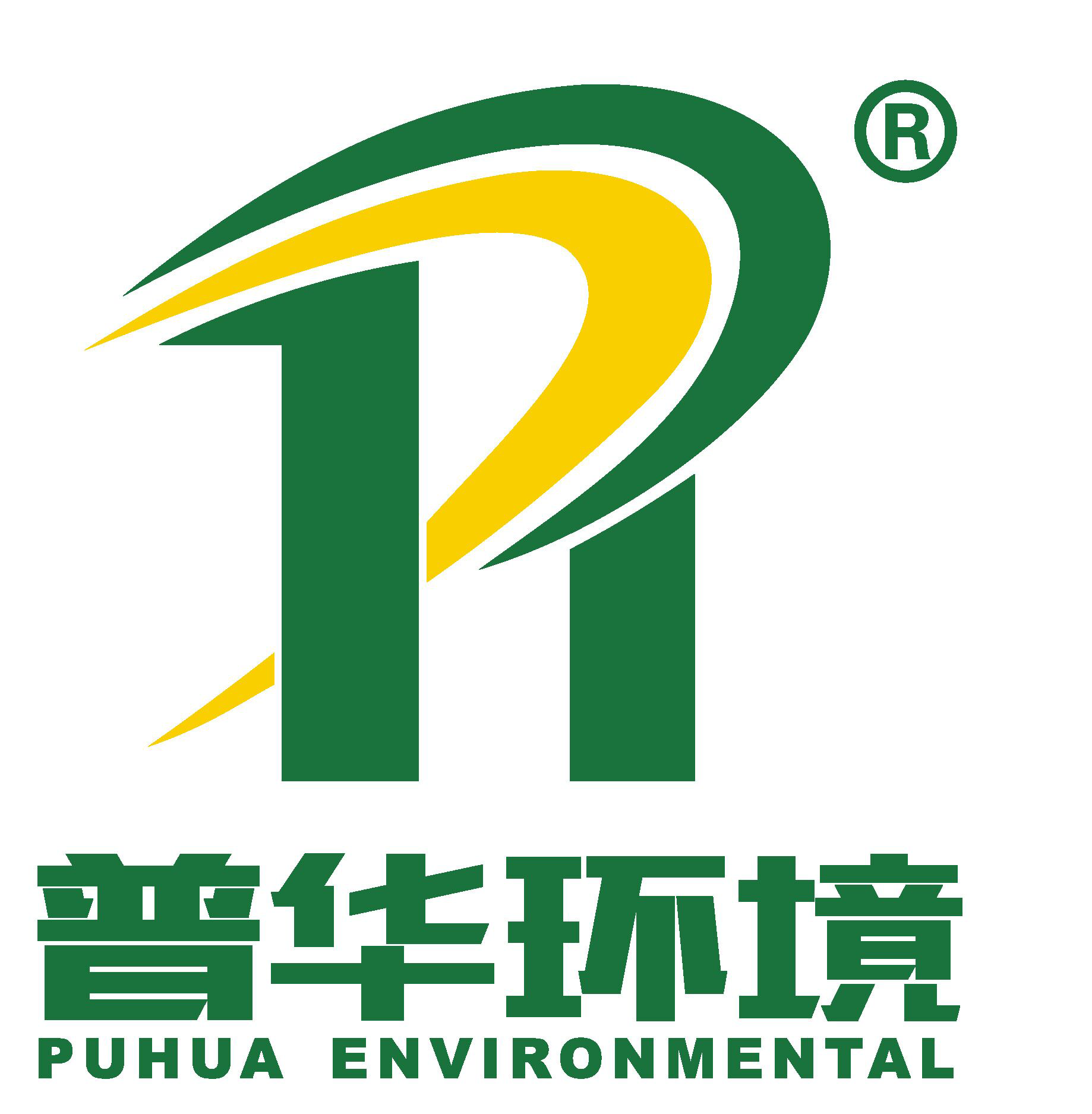
-
Factory Environmental Governance Comprehensive Solution Provider
-
Focus on R & D and manufacturing of VOCs exhaust gas treatment equipment

Focus on R & D and manufacturing of VOCs exhaust gas treatment equipment
Deodorization principle: A stronger aroma is mixed with the odor to mask the odor and allow it to be received.
Scope of application: Suitable for occasions where the influence of low-concentration malodorous gas needs to be eliminated immediately and temporarily, the malodor intensity is about 2.5, and the fugitive emission source.
Advantages: The odor can be eliminated as soon as possible, with great flexibility and low cost.
Disadvantages: The malodorous components have not been removed.
Deodorization principle: The odorous gas is discharged to the atmosphere through the chimney, or diluted with odorless air to reduce the concentration of odorous substances to reduce odor.
Scope of application: It is suitable for the treatment of malodorous gases emitted at medium and low concentrations.
Advantages: low cost and simple equipment.
Disadvantages: susceptible to meteorological conditions, malodorous substances still exist.
Deodorization principle: the malodorous substance and fuel gas are fully mixed at high temperature to achieve complete combustion
Scope of application: It is suitable for processing high-concentration and small-volume flammable gas.
Advantages: high purification efficiency, odorous substances are completely oxidized and decomposed.
Disadvantages: Equipment is easy to corrode, consume fuel, high processing cost, and easy to form secondary pollution.
Deodorization principle: The characteristics of certain substances in the odor are easily soluble in water, so that the odor components are directly in contact with water, so as to dissolve in water to achieve the purpose of deodorization.
Scope of application: malodorous gas with water-soluble and organized emission sources.
Advantages: simple process, convenient management, low operating cost of the equipment and secondary pollution, and the washing liquid needs to be processed.
Disadvantages: low purification efficiency, it should be used in combination with other technologies, and has a poor treatment effect on mercaptans and fatty acids.
Deodorization principle: The chemical reaction between certain substances and medicinal liquids in odor is used to remove certain odor components.
Scope of application: It is suitable for the treatment of atmospheric odor and high-medium concentration odor.
Advantages: It can process certain odor components in a targeted manner, and the process is relatively mature.
Disadvantages: low purification efficiency, consumption of absorbent, easy formation and secondary pollution.
Deodorization principle: Use the adsorption function of the adsorbent to transfer the malodorous substance from the gas phase to the solid phase.
Scope of application: Suitable for the treatment of malodorous gases with low concentration and high purification requirements.
Advantages: high purification efficiency, can handle multi-component malodorous gases.
Disadvantages: The adsorbent is expensive and difficult to regenerate. It requires a low temperature and dust content of the malodorous gas to be treated.
Deodorization principle: After the malodorous gas passes through pretreatment processes such as dust removal, humidification or temperature reduction, it passes from the bottom of the filter bed through the filter bed composed of filter material from the bottom to the top. The microbial metabolism on the filter material is broken down.
Scope of application: Currently the most researched, the most mature technology, and the most commonly used biological deodorization method in practice. It can be subdivided into soil deodorization method, compost deodorization method, peat deodorization method and so on.
Advantages: low processing costs.
Disadvantages: large area, fillers need to be replaced regularly, deodorization process is not easy to control, problems are prone to occur after a period of operation, and the treatment of hydrophobic and non-biodegradable substances is still difficult.
Deodorization principle: The principle is similar to the biological filter type, but the filter material used is an inert material such as polypropylene pellets, ceramics, charcoal, plastic, etc. that cannot provide nutrients.
Scope of application: Only microorganisms degraded for certain malodorous substances are attached to the filler, and will not appear in the biological filter.
Advantages: Consumption of filter media organic matter with the microbiome.
Disadvantages: The number of microorganisms in the pool is large, and it can withstand a larger pollution load than biological filters. The inert filter can be replaced without causing a small pressure loss, and the operating conditions are very easy to control. The need to continuously add nutrients, and the operation is complicated, which makes it applicable. restricted.
Deodorization principle: Fully contact the malodorous substance and the mixed liquid containing suspended matter slurry, remove it from the odor in the absorber, and send the washing liquid to the reactor to degrade the dissolved malodorous substance through the metabolic activity of suspended microorganisms .
Scope of application: There is a large scope of application, which can deal with atmospheric odors. At the same time, the operating conditions are easy to control and the footprint is small.
Disadvantages: large equipment costs, complicated operations and the need to add nutrients.
Deodorization principle: Disperse malodorous substances into a mixed liquid containing activated sludge in aerated form, and the microorganisms that grow by suspension can degrade malodorous substances in a wide range of applications.
Scope of application: At present, Japan has been used for odor treatment in manure treatment plants and sewage treatment plants. Advantages: After domestication of activated sludge, the removal rate of odor components that do not exceed the limit load can reach more than 99.5%.
Disadvantages: Due to the limitation of aeration intensity, the application of this method is still limited.
Deodorization principle: The reaction tower is filled with a special solid composite filler, and the inside of the filler is equipped with a multi-media catalyst. When the malodorous gas passes through the filler layer under the action of the induced draft fan, it comes into full contact with the liquid-phase compound oxidant sprayed in a divergent mist form through the special nozzle on the surface of the solid-phase filler. The contamination factor is fully decomposed.
Scope of application: The scope of application is wide, especially suitable for the treatment of atmospheric, medium and high concentrations of exhaust gas, and it has a good removal rate of hydrophobic pollutants.
Advantages: small footprint, low investment, low operating cost; easy management, ready to use.
Disadvantages: impact resistance load, difficult to affect the concentration of pollutants and temperature changes, need to consume a certain amount of medicine.
Deodorization principle: During the process of dielectric barrier discharge, particles with high chemical activity, such as electrons, ions, free radicals, and excited molecules, are generated inside the plasma. Pollutants in the exhaust gas react with these active groups with higher energy, and are finally converted into substances such as CO2 and H2O, so as to achieve the purpose of purifying the exhaust gas.
Scope of application: Wide range of application, high purification efficiency, especially suitable for multi-component malodorous gas which is difficult to handle by other methods, such as chemical industry, medicine and other industries.
Advantages: The electronic energy is high, and it can be used with almost all the common faults and solutions of pulse bag dust collectors in the odor gas separation box.
